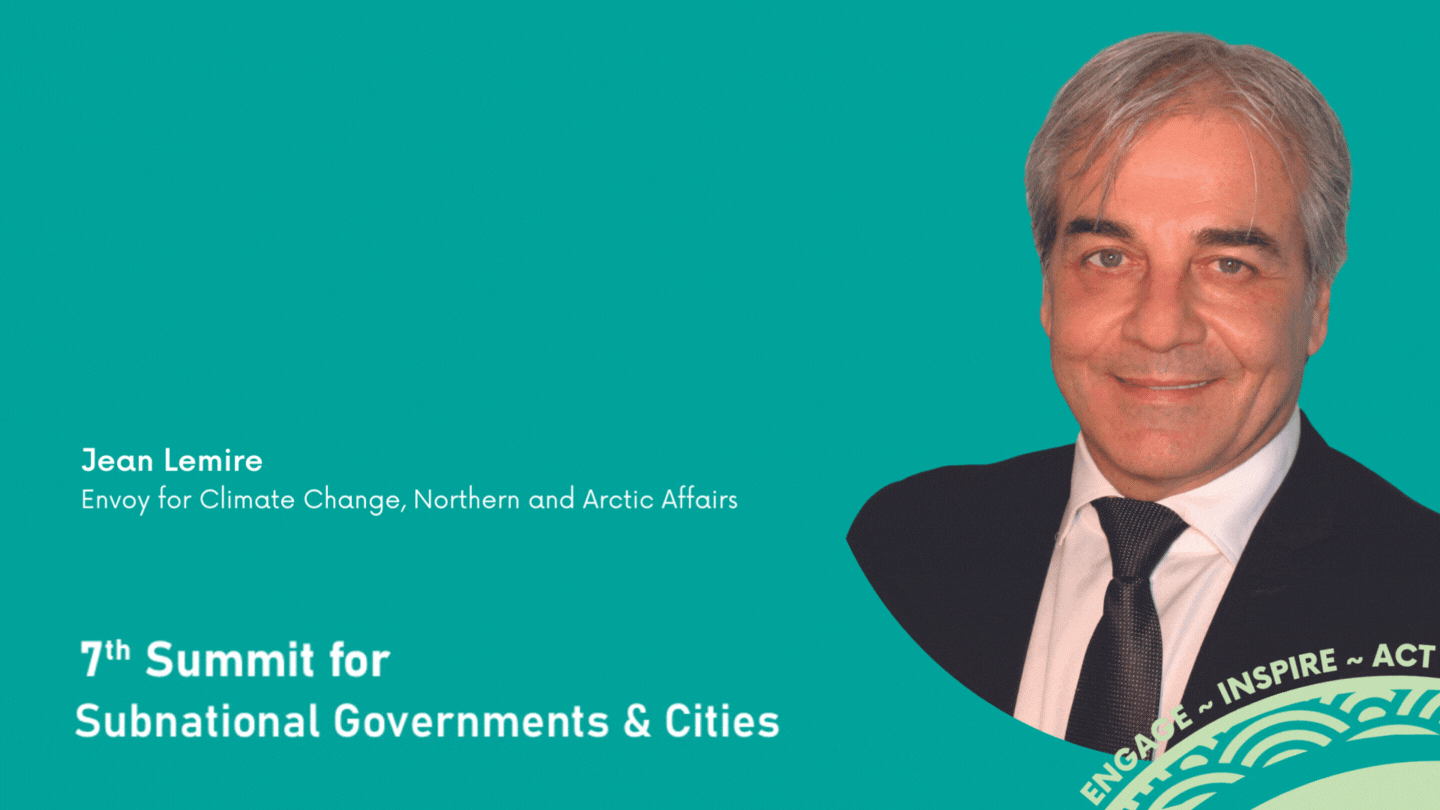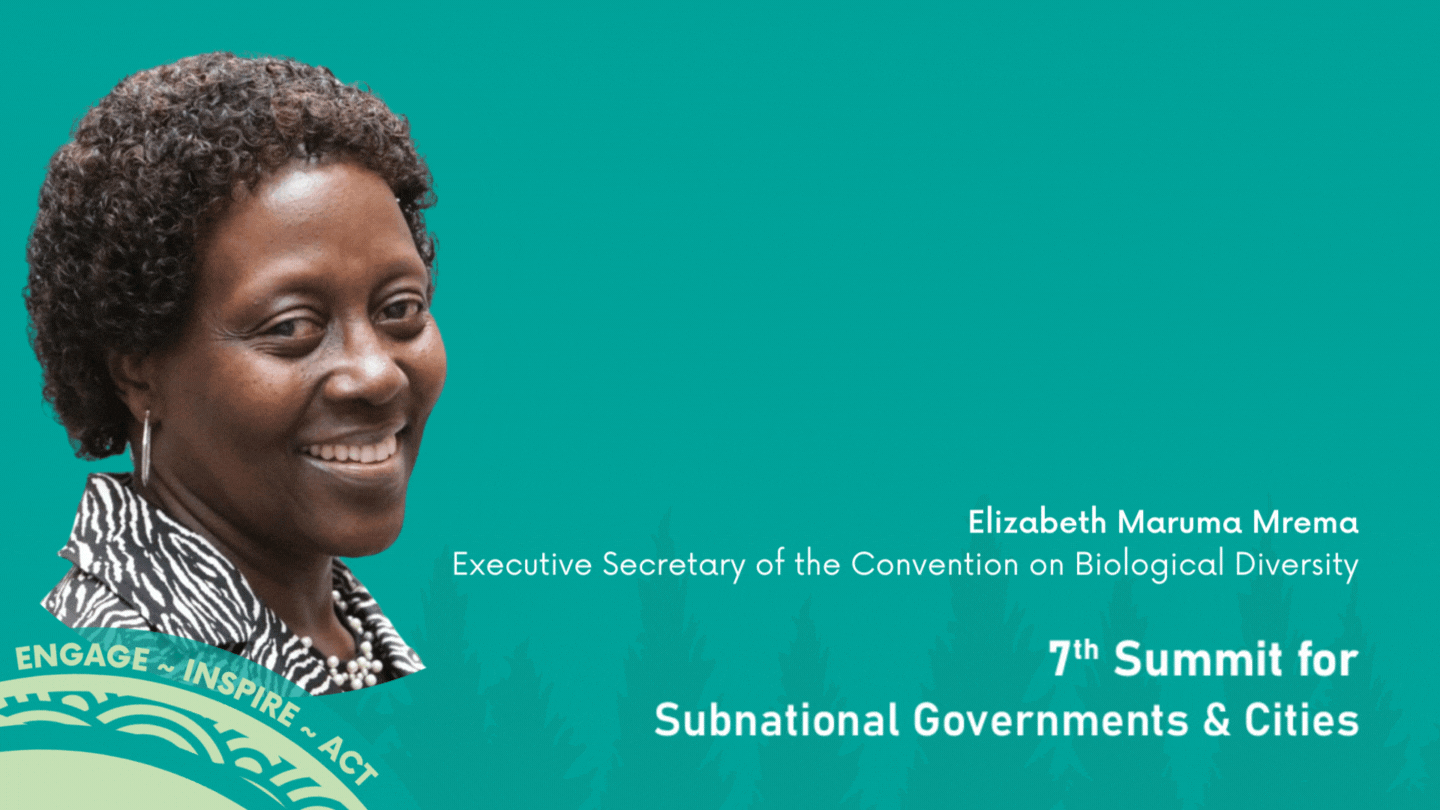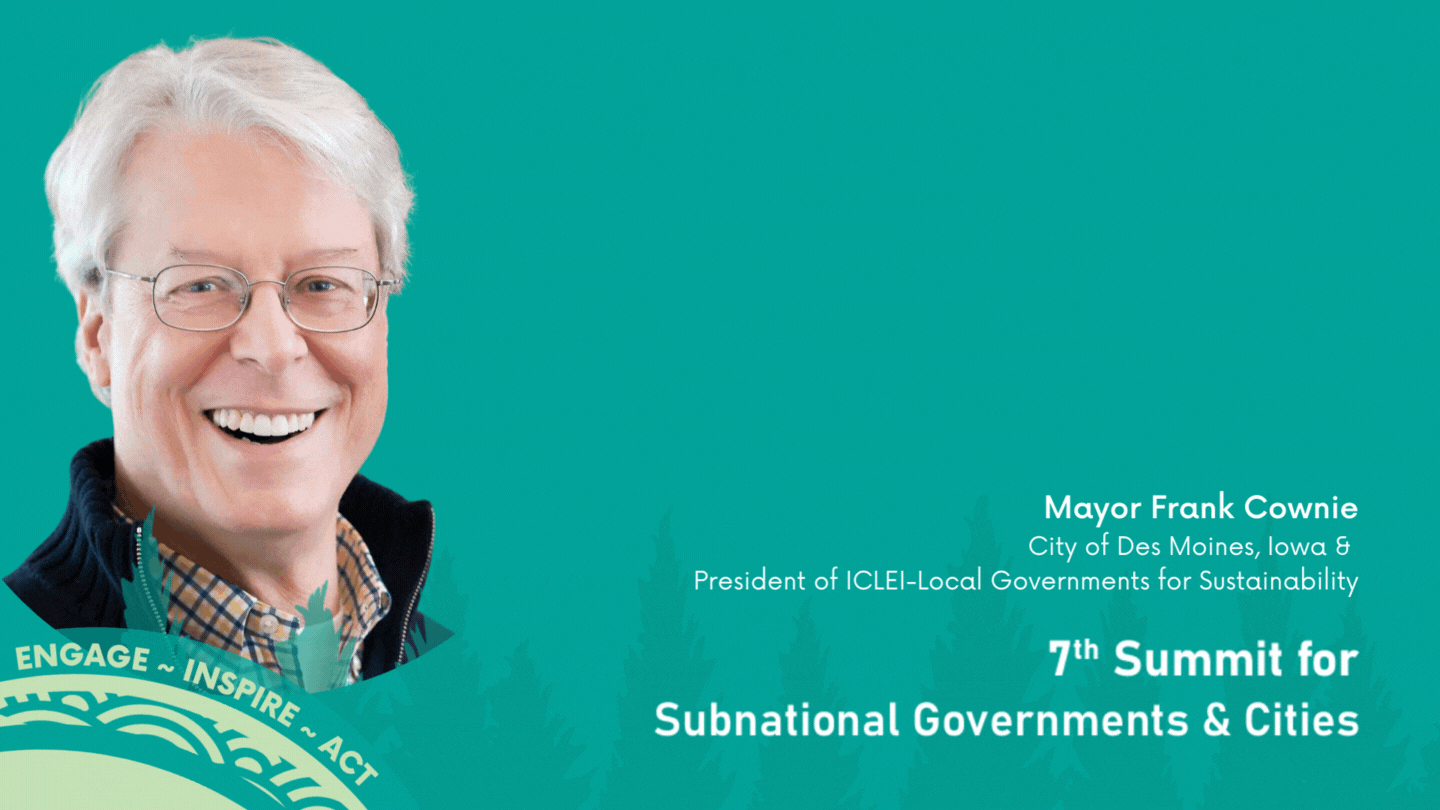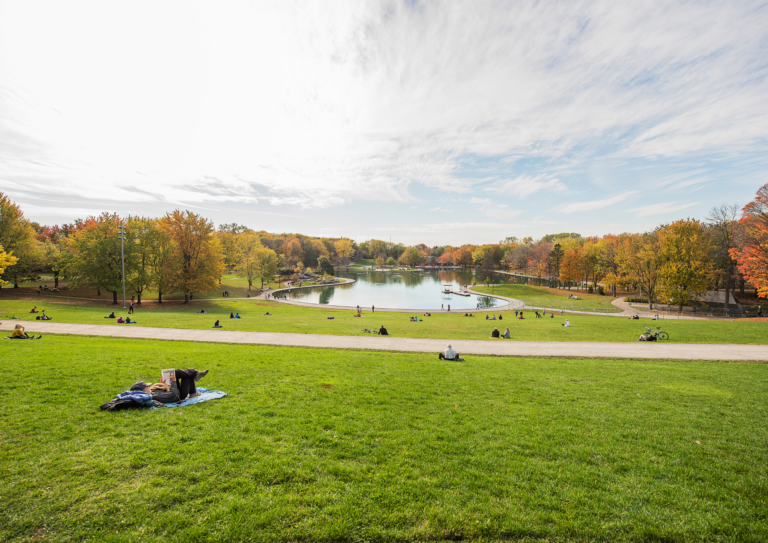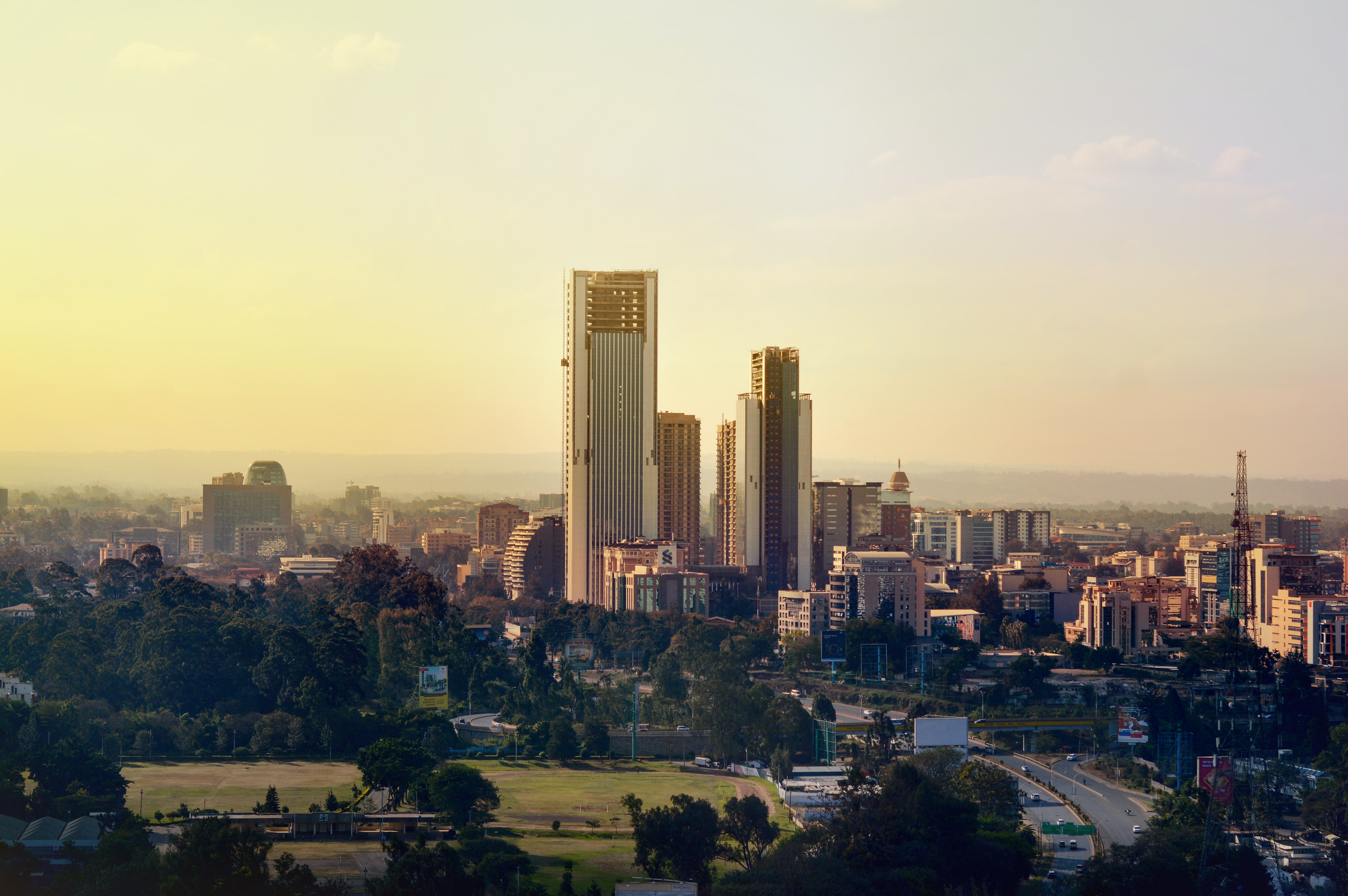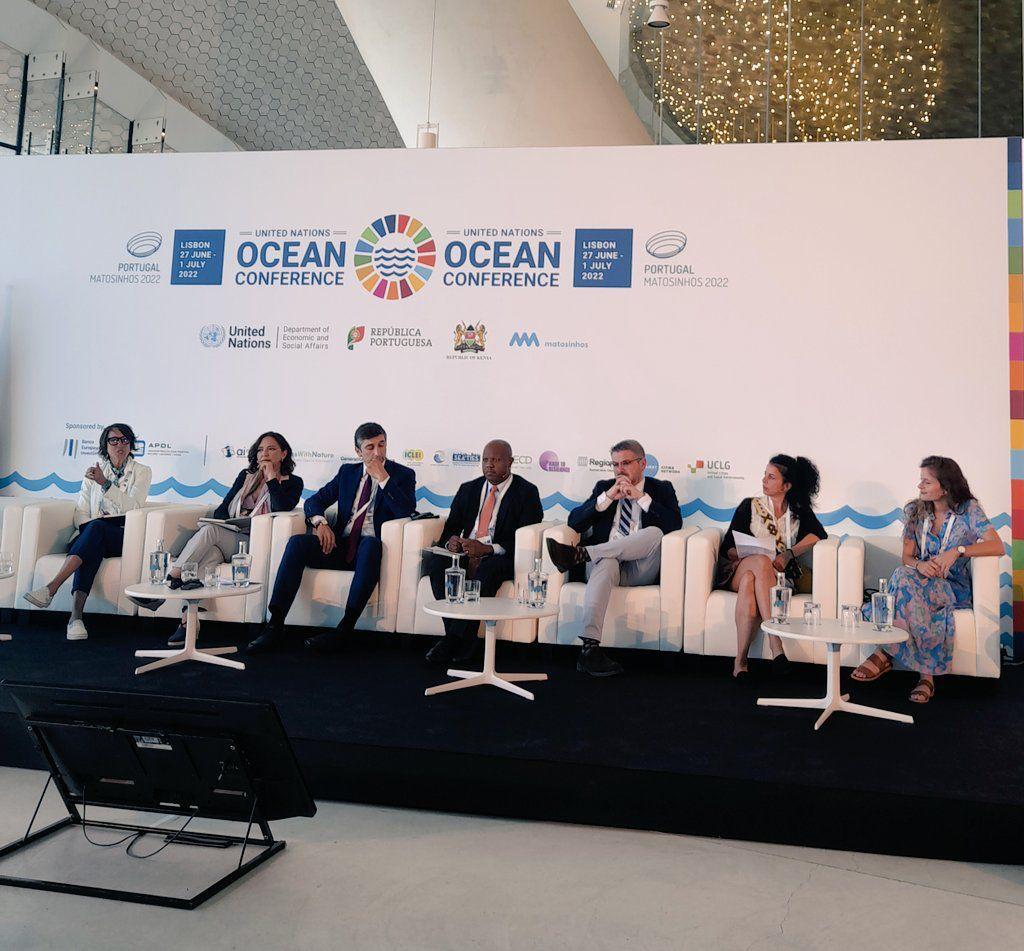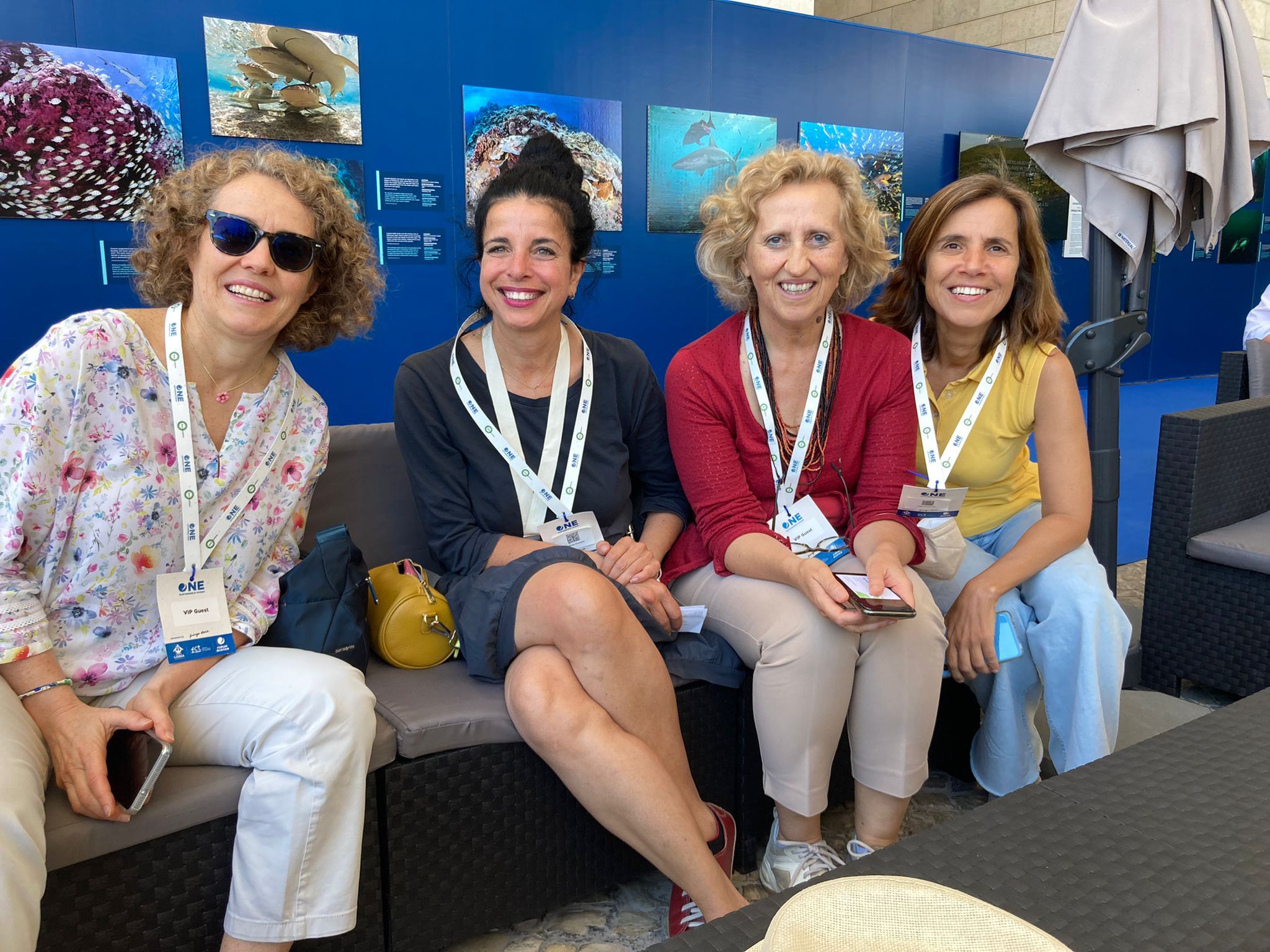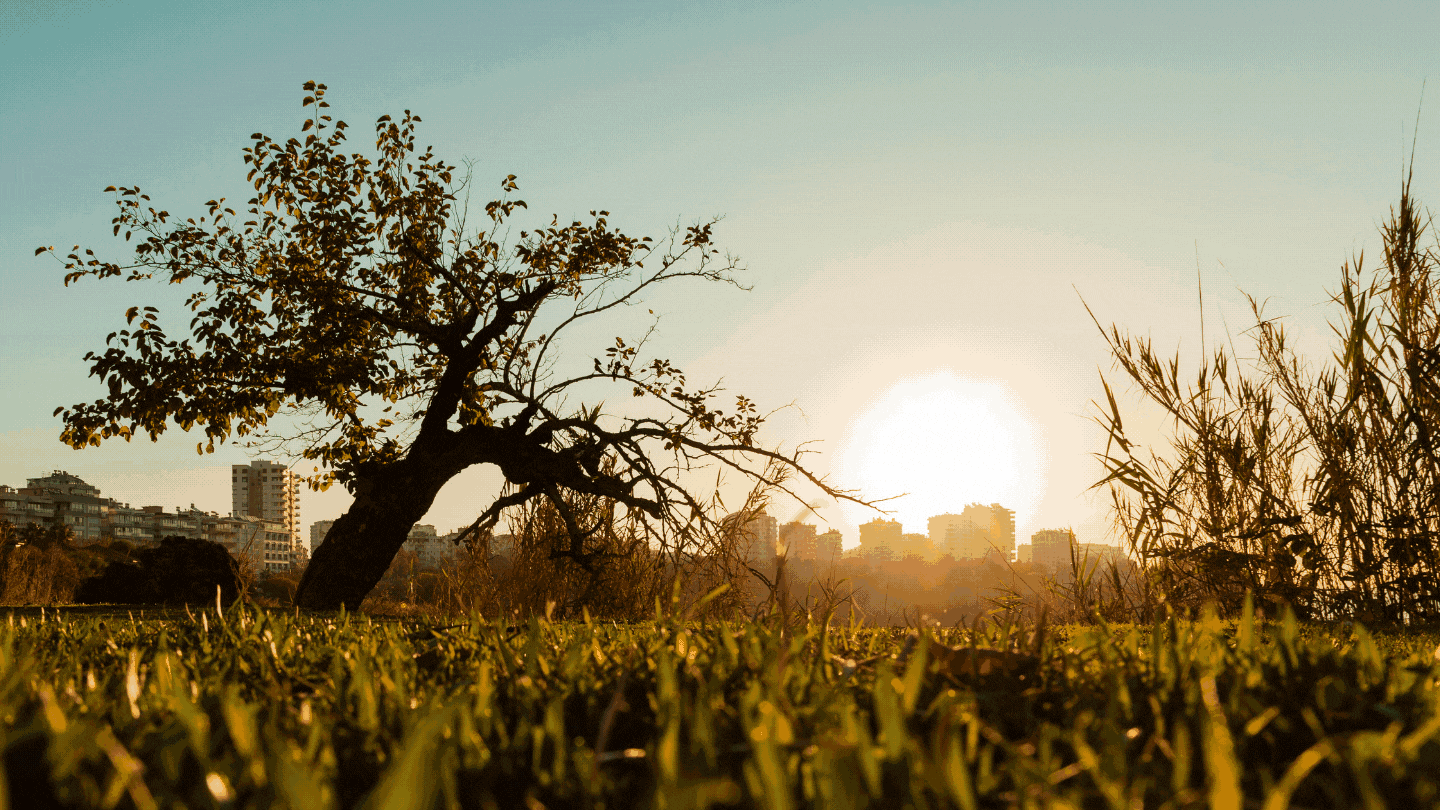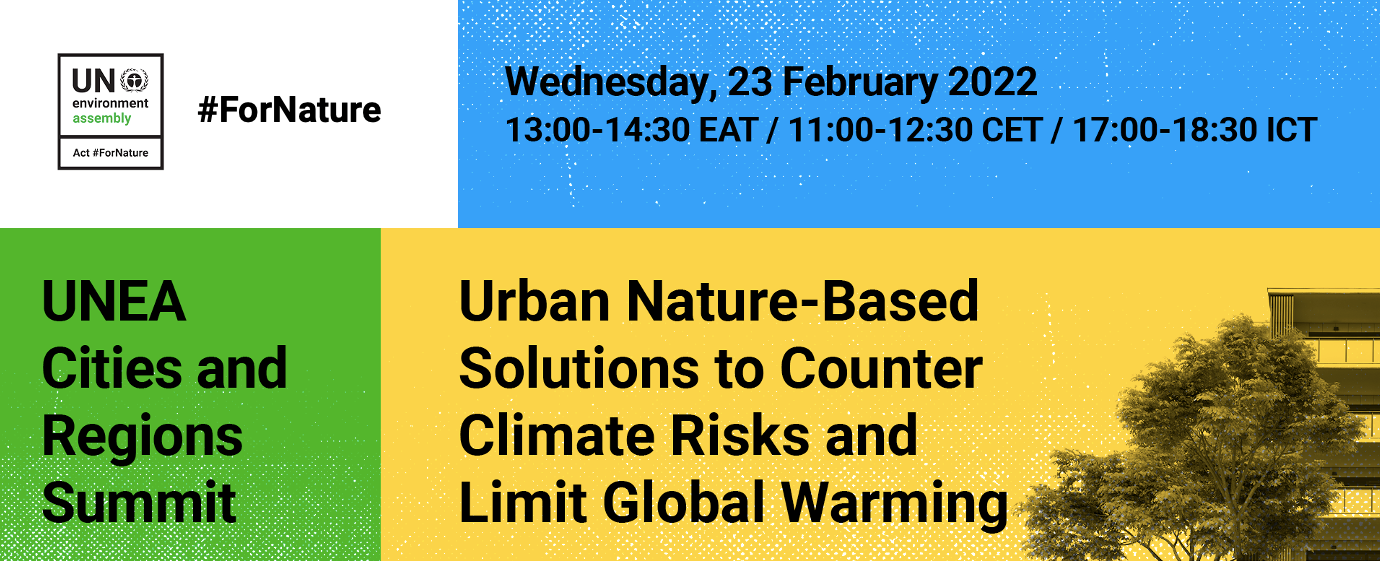
MEDIA RELEASE
ICLEI, together with its partners, invites subnational and local governments to Montréal, Québec, Canada for the 7th Summit for Subnational Governments and Cities and its associated Pavilion. The Summit, an official parallel event to the 15th Conference of the Parties (COP 15) to the CBD, will be co-hosted with the Secretariat of the Convention on Biological Diversity (SCBD) and Regions4, along with the host Government of Québec and the City of Montréal. Both the Summit and the Pavilion are financially supported by the Government of Québec as main sponsor.
For the first time at a CBD COP, there will be a dedicated Pavilion, focusing on subnational government and city actions and opportunities. This clearly demonstrates an elevated recognition and the biodiversity community of the significant contributions of local and subnational governments towards the implementation of the global biodiversity framework (GBF).
Image provided by: Ezjay/Shutterstock.com
